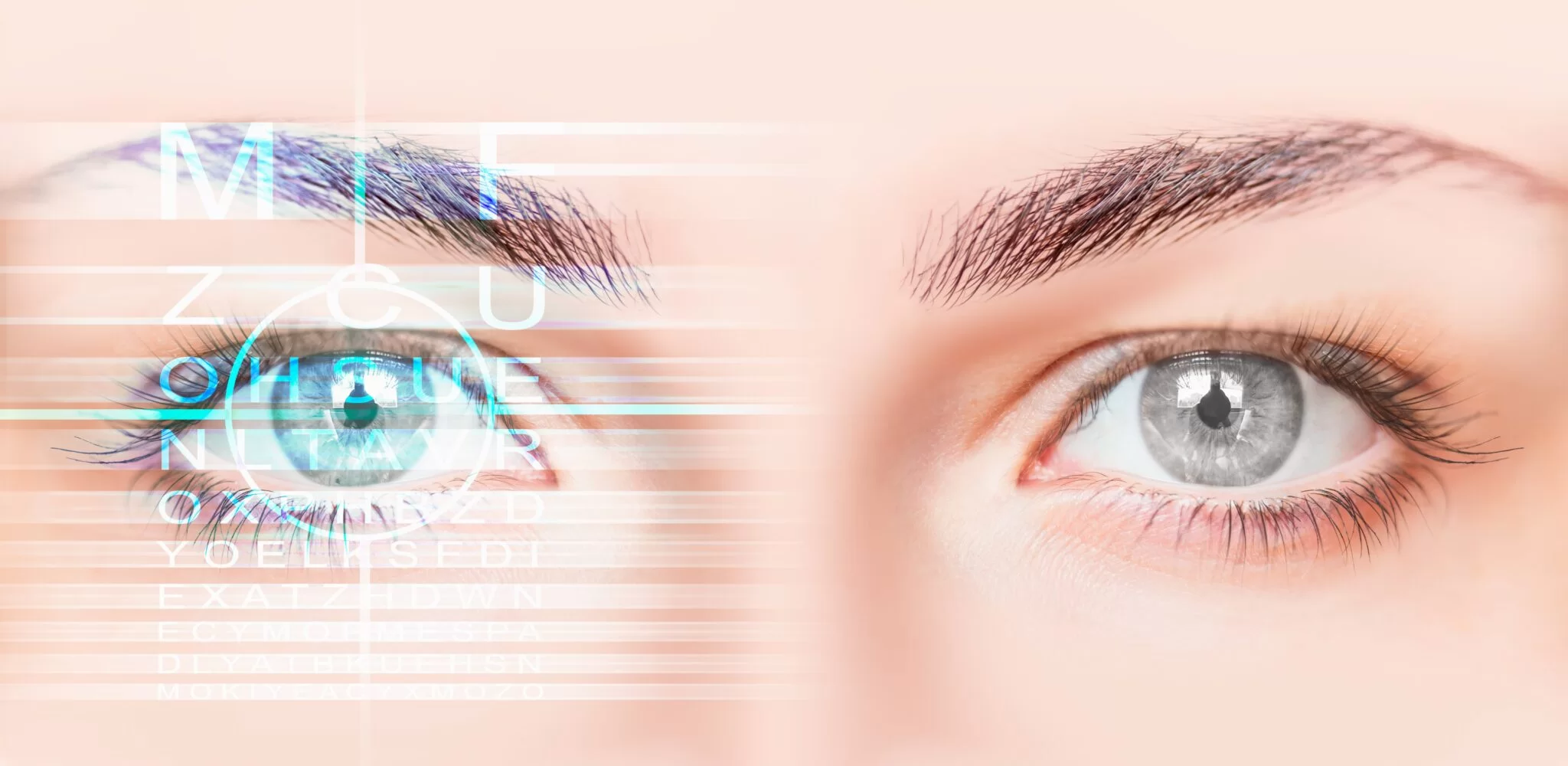QUICK APPOINTMENT FORM

What are Tear Duct Diseases?
The tear ducts are a complex system of organs that produce, store and distribute tears to keep our eyes moist and healthy. It consists of various components such as tear ducts, tear sac and eyelid. In particular, any problem in this system can lead to tear duct diseases.
The types of tear duct diseases are as follows;
- Dry Eye Disease
- Blepharitis
- Conjunctivitis
- Dacryolitis (Tear Duct Obstruction)
- Eye Injuries
- Infections
- Systemic Diseases
To diagnose tear duct diseases, your doctor will examine your eyes and take your medical history. Your doctor may also perform various tests to measure your tear production, examine tear quality and check for infections.
The treatment of tear duct diseases depends on the cause of the disease. Mild cases can be treated with over-the-counter medicines such as artificial tear drops or ointments. More severe cases can be treated with prescription medications such as antibiotics, steroids or immunosuppressants. In some cases, surgical intervention may be required to open the tear ducts or increase tear production.
Causes and Symptoms of Dry Tears
Dry eye is a problem caused by insufficient moistening of the eye surface with tears. In particular, this condition can lead to various problems such as irritation, itching and blurred vision. Among the most common causes of dry eye are the following;
- Tear production naturally decreases with age.
- Some medical conditions such as Sjögren’s syndrome, arthritis and lupus can affect tear production.
- Some medications such as antihistamines, antidepressants and blood pressure medications can cause dry tears.
- Environmental factors such as dry air, wind and smoke can accelerate tear evaporation.
- Looking at screens such as computers, tablets and phones for a long time can reduce the number of blinks and this can lead to tear dryness.
- Contact lenses can impair tear quality and cause dryness.
Tear dryness can manifest itself in people with symptoms such as
- Stinging, burning or itching sensation in the eyes
- Blurred vision
- Eye strain
- Foreign body sensation in the eyes
- Photosensitivity
- Redness
- Excessive watering of the eyes (paradoxically)
- Stickiness in the eyelids
Treatment of Dry Tears
The treatment of dry tears varies depending on the underlying cause. Your doctor may recommend tear replacement therapy such as artificial tear drops, gels or ointments. In some cases, it may also be necessary to treat the underlying medical condition or adjust the dose of medication.
Causes of Tear Duct Blockage
The tear duct is a tube system located in the inner corner of the eye that allows tears to flow into the nose. Tear duct obstruction can cause problems such as burring, redness, watering and infection in the eyes by preventing tears from draining from the eye.
Tear duct obstruction can be caused by various reasons. In general, the causes can be listed as follows;
- Some babies may be born with incompletely developed tear ducts. In particular, this can occur if a membrane at the top of the duct does not tear or if the duct is narrow.
- Eye infections can cause inflammation and blockage of the tear duct.
- Trauma to the eye area can cause damage and blockage of the tear duct.
- Rarely, tumours in or around the tear duct can also cause blockage.
- With aging, the tear duct may narrow and this may lead to congestion.
Tear Duct Obstruction Treatment
The treatment of tear duct obstruction varies depending on the cause and severity of the obstruction. In mild cases, conservative treatments such as tear drops and massage may be sufficient. In more severe cases, probing, tube placement or a surgical operation called DSR may be required.
Tear duct obstruction is quite common in infants. However, 80% of cases resolve spontaneously within the first year. Especially during this period, the doctor recommends treatments such as tear drops and massage. If the blockage persists after the age of 1 year, probing or other surgical procedures are required.
Tear duct obstruction in adults can usually be caused by infection, injury or tumour. Treatment is carried out according to the cause of the obstruction. Infections are treated with antibiotics, while tumours are surgically removed. Other causes of blockage may require probing, tube placement or DSR surgery.
Injuries to the tear ducts
When the tear ducts are injured for any reason, tear drainage can be impaired, leading to various eye problems. Symptoms of tear duct injuries include redness and swelling, watery or dry eye, burring, itching and irritation, and blurred vision.
Among the causes of tear duct injuries are the following;
- Traumatic injuries
- Infections
- Foreign bodies
- Tumours
- Congenital disorders
- Some medical conditions
All these injuries can be treated by experienced physicians.



















